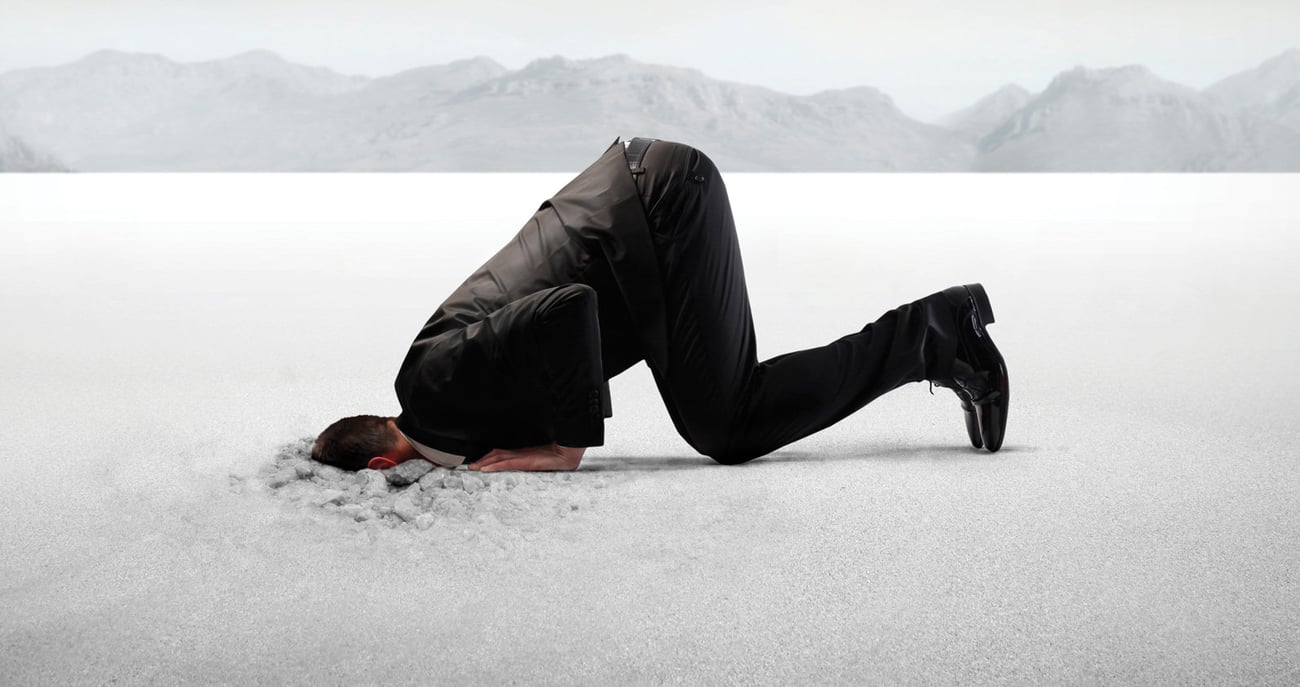
As an ex-Cantabrian, it’s painful for me to watch the internecine squabbling over the future of Christchurch Cathedral following its collapse in the 2011 earthquake.
Setting aside the question of whether or not the restoration of the building is feasible, the debate echoes many that have surfaced in the city down the years.
In the early 1980s I was involved with the conversion of Bishopscourt into Bishopspark Retirement Village, a plan embroiled in a paroxysm of protest.
There seems to be a prevailing sentiment within the city that anything that threatens its Anglican ancestry
is anathema.
The city’s wonderful collection of Gothic Revival buildings were erected in the halcyon days of the Dominion, when the second sons of defrocked English nobility emigrated to Canterbury’s green and pleasant land and established an enclave of the mother country.
Unfortunately, the edifices they designed in the 1860s weren’t built to withstand once-in-a-millennium earthquakes 150 years later. Man proposes, nature disposes.
To me, it seems that rather than cling to the past, out of disaster the city has a rare and remarkable opportunity to re-invent and future-proof itself in a contemporary context.
However, when the good people of Christchurch resist a new cathedral, they are simply following a noble and long-standing tradition. Resistance to change is nothing new.
The baleful howls of those who’ve fought it echo down the years.
From the well-publicised mayhem inflicted by the Luddites, protecting their livelihoods from the introduction of new weaving technology during the Industrial Revolution, to the medieval regression of fundamentalists in modern-day Islam, there is a stubborn strain in humanity that simply wants to keep things the way they have always been.
Even the construction of the Eiffel Tower in Paris had its detractors. The tower was built as a temporary monument for an 1889 exhibition.
The proposal was angrily opposed by many of Paris’ leading lights, including Guy de Maupassant, Émile Zola and Dumas the Younger who, with about 300 others, presented a petition to the city fathers: “We, the writers, painters, sculptors, architects and lovers of the beauty of Paris, do protest with all our vigour and all our indignation, in the name of French taste and endangered French art and history, against the useless and monstrous Eiffel.”
There have been plenty of studies done on the reasons for resistance to change. Objections fall into three broad categories.
First, is loss of control or feelings of powerlessness. When change is mooted which threatens someone’s job, or over which an individual has little power or influence, it destabilises their world view and is perceived as a threat.
It negates their value as a human being and invokes the “Why wasn’t I consulted?” response. Change is polarising and can be perceived as a personal attack, quickly translating into a turf war.
The second roadblock comes in the form of disagreement with the new idea – whatever it is.
If stakeholders of any hue don’t feel the change is the right approach to fix the problem – even if they have no better idea themselves – they’ll resist. It’s the “not invented here” syndrome. If it’s arguable, someone will argue it.
Finally, there is recalcitrance due to lack of understanding of the need for change.
This occurs when stakeholders don’t see or understand the issues and the needs driving change. Or they simply don’t identify the same problems as the change proponents do.
The classic “I like it the way it is and always has been” ignores the fact that all things – objects and cultures alike – atrophy and die over time if they aren’t renewed.
Just as President Eisenhower was surprised to discover that half America’s population had below-average intelligence, there’s no way you can overestimate the propensity of humankind to resist innovation and change.
Ultimately change requires leadership and vision, not public consultation and consensus.
As Henry Ford is supposed to have said, “If I’d gone out and asked the public what they want they would have just said ‘faster horses’!”
Innovators shouldn’t fold in the face of criticism, but rely on the dictum that nothing can stop a good idea whose time has come.
Instigating change is a straight and narrow path that needs to be trod carefully. There is never a guarantee of success, but without change we would still be cave-dwellers, living a nomadic, subsistence existence.
The last word belongs to Charles Darwin: “It’s not the strongest of the species that survives, nor the most intelligent, but the one most responsive to change.”





